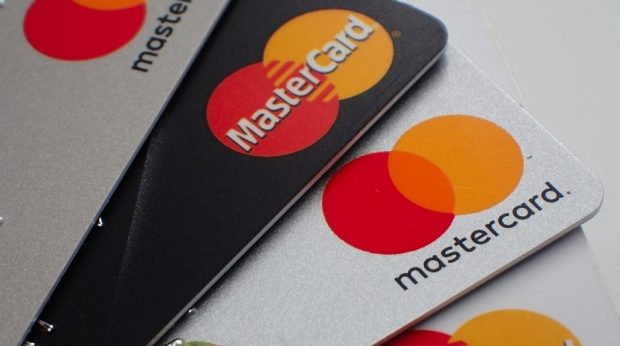Mastercard on How BaaS Providers Can Reach Their Full Potential

Embedded finance can help nonfinancial brands reach their full potential by allowing customers to transact seamlessly wherever they are, reducing the risk of cart abandonment online, says Mastercard’s Sherri Haymond.
With consumer preferences pushing BaaS and embedded finance to new heights, Mastercard’s Sherri Haymond discusses how FinTechs are responding and what is needed for them to scale successfully.
—
The present popularity of BaaS reveals both where the world is headed and where it has recently been. That is according to Sherri Haymond, executive vice president of global digital partnerships at Mastercard. In an interview with PYMNTS, she explained that the stunning rise of banking as a service (BaaS) — which she believes will continue well into the future — had its roots in COVID-19.
When the pandemic hit, people and businesses suddenly needed to conduct much of their lives online. Everyone then acclimated to this new reality, said Haymond, and became used to doing nearly everything online in a seamless, digital way. This shift in behavior has endured, even as the public health crisis has abated.
“People are back to doing things in person, but there has been a lasting, permanent change in people’s expectations about the speed and convenience with which things will happen,” Haymond said.
BaaS and embedded finance are both fueling this major shift in consumer thinking and being powered by it. As Haymond explained, BaaS is being used to meet consumers’ insatiable need for seamless solutions — and this, in turn, has changed the very concept of what BaaS is.
![]()
BaaS used to be associated mainly with the provisioning of bank accounts, she said. Now, however — at a time when consumers want to do their finances or pay bills or buy groceries all in one place — BaaS has expanded to support an ever-growing set of services. Haymond pointed out that many FinTechs are now providing products typically associated with traditional FIs, such as full-stack lending, underwriting and card issuing.
The FinTech approach to BaaS and embedded finance is as dynamic as it is diverse. Some FinTechs provide very specialized services, while others offer more generalized solutions. Further, some start with one model and then shift to the other, while others do not fit neatly into any category.
As far as Haymond is concerned, no model is inherently better than another, and as BaaS continues to grow, such a range of approaches will remain. Moreover, new use cases will keep arising, creating novel opportunities for FinTechs willing to pivot.
Nevertheless, she said, the FinTechs that will scale and reach their full potential are the ones that offer the solutions people need. To be successful, companies must keep up with their customers’ demands and concerns — and that requires a relationship-oriented approach.
“You’ve got to allow people to transact where they are,” she said. “This just makes sense.”
